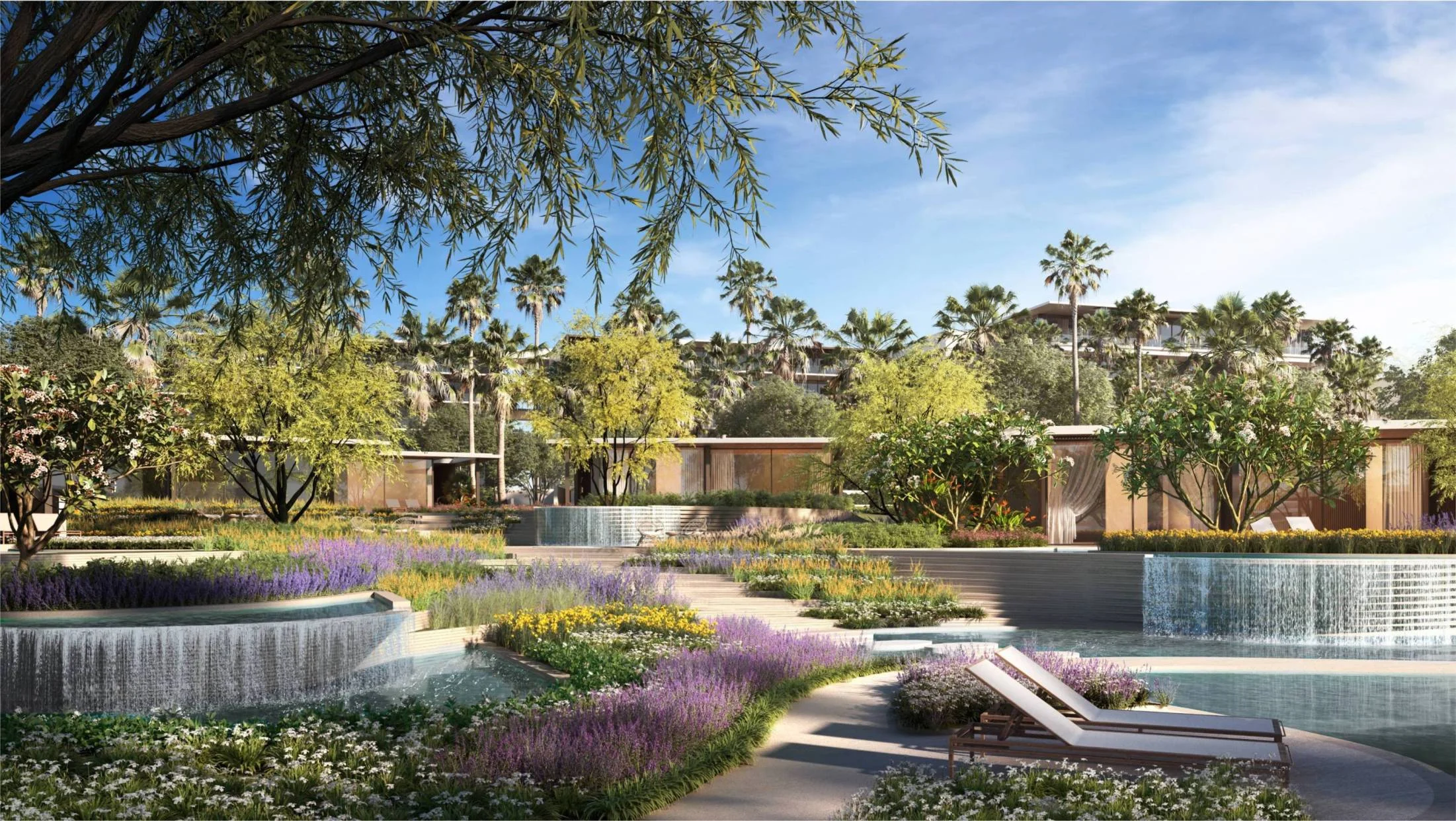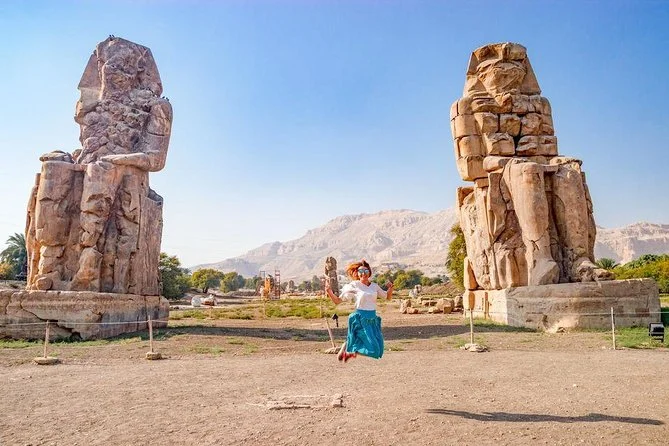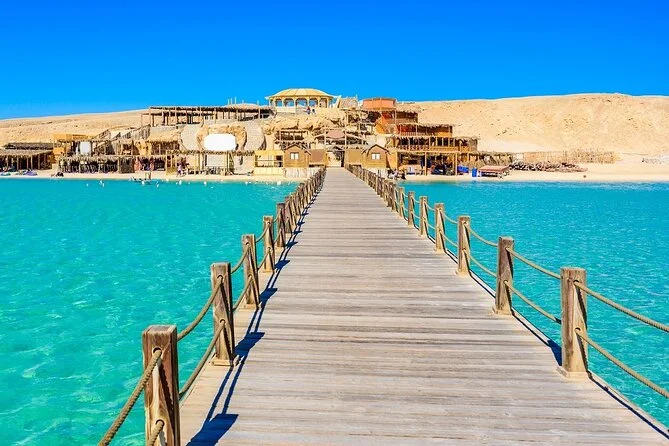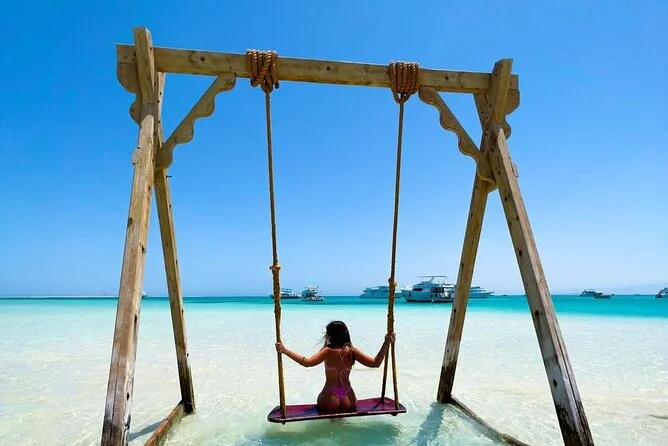Red Sea Egypt & Saudi 2026: Sleep & Recovery Tourism
Quick Summary (TL;DR): In 2026, Red Sea luxury resorts are centering sleep and recovery with evidence-based programs—think circadian lighting, quiet architecture, guided breathwork, and tech-assisted sleep coaching—paired with restorative sea and desert settings.
At sunrise, the Red Sea is almost still—pink light on flat water, the distant thrum of dive boats warming up, and a breeze carrying salt and sage from the desert. During our March 2025 visit, blackout blinds, cool-touch linens, and a low-blue bedside glow made a 6 AM wake-up feel unforced. The sea stayed at 23–24°C; laps before breakfast sharpened the senses without the shock that ruins a good night’s rest.
Why now? In 2025–2026, travelers are prioritizing recovery as much as relaxation. Resorts across Egypt’s Hurghada and South Sinai, and on Saudi’s Red Sea coast, have added sleep-centric features—acoustic zoning, pillow menus, in-room humidifiers, dusk-to-dawn lighting, and mindfulness sessions—alongside medical-grade spa protocols. Recent infrastructure upgrades and new direct routes to Red Sea hubs have trimmed transfer times, and operators report growing demand for programs that pair slow mornings with low-impact activity and early nights.
What Makes the Red Sea Special in 2026
Sleep tourism here is more than a plush bed. It’s the combination of dry desert air (often 30–40% humidity onshore), saline breezes, and calm, swimmable water that averages 22–29°C across the year—conditions that support deep rest and gentle recovery. Local sleep coaches increasingly tailor routines: late-afternoon magnesium foot soaks, desert-sunset breathwork, and screen-free hours enforced by smart room controls. According to dive instructors we spoke with, easy morning drift snorkels in protected lagoons keep exertion low while delivering enough sunlight and movement to reset circadian rhythms. Acoustic design is improving too; many newer suites are set back from entertainment zones, and quiet hours start earlier than they did pre-2024. As of 2026, wearable-compatible programs (bring your own device) let guests track sleep stages and HRV without turning a wellness break into a bootcamp.
Top Things to Do in the Red Sea
- Gentle reef snorkel: The protected coral reefs of Ras Mohammed National Park offer slack-current pockets ideal for beginners and light activity, with full-day boats typically departing 8–9 AM to avoid crowds and midday glare. Plan a calm-conditions snorkel
- Slow island day: Choose white-sand shallows at the Giftun Islands for wading, shaded reading, and restorative sea time; local operators report light chop in the early afternoon, so swim mornings and nap after lunch. Explore Giftun’s sandbars
- Sunset desert breathwork: Guided sessions in wadis use warm rock radiance and low wind after dusk to deepen relaxation—go 60–90 minutes before dinner to align with natural melatonin rise.
Where to Stay in the Red Sea (2026 Guide)
Hurghada & Sahl Hasheesh (families, accessible comforts): Large, resort-style complexes with wide, step-free promenades and quiet “sleep zones.” HRG airport to central resorts runs 15–25 minutes; Sahl Hasheesh is 18–25 km south (25–35 minutes). Many properties offer allergy-friendly bedding and wheelchair-accessible rooms.
El Gouna (couples, design-forward quiet): Lagoon-side suites and small marinas create natural sound buffers. It’s about 25 km north of Hurghada (35–45 minutes). For elevated privacy and wellness programming, El Gouna’s lagoon neighborhoods balance spa time with short, low-impact cycles along flat paths.
Sharm El Sheikh (active recovery): Nabq and Sharks Bay tend to be quieter than Naama Bay. SSH airport transfers run 10–25 minutes depending on the bay. Easy-access house reefs allow short, controlled swims without long boat days.
Marsa Alam (unplugged pace): Farther south, sandy entries and seagrass meadows around Abu Dabbab make for low-effort turtle-spotting swims. The airport-to-bay transfer is typically 30–45 minutes, and nighttime noise is low.
Saudi Red Sea coast (new-build serenity): Purpose-built resorts emphasize acoustic insulation, dark-sky policies, and low-glare pathways—suited to travelers seeking structured sleep programs in contemporary settings.
Best Time to Visit the Red Sea
March–May: Daytime 24–30°C; water ~23–25°C. Balanced light and low wind make it prime for gentle swims and early nights. Moderate crowds, mid-range rates.
June–August: Daytime 34–40°C; water ~27–29°C. Plan sunrise activity and indoor afternoons. Higher resort occupancy; seek rooms with strong blackout and quiet AC.
September–November: Daytime 27–33°C; water ~26–28°C. Warm seas, softer evenings, good value outside school holidays.
December–February: Daytime 20–24°C; water ~22–23°C. Cooler nights aid deep sleep; fewer crowds and often better pricing.
Getting There and Around
Fly into Hurghada (HRG), Sharm El Sheikh (SSH), or Marsa Alam (RMF) for Egypt; Saudi’s Red Sea coast is served by new and expanding airports with regional links. Private transfers arranged by resorts are quietest; from HRG, expect 15–25 minutes to central Hurghada, 35–45 minutes to El Gouna, and 25–35 minutes to Sahl Hasheesh. Boat trips for reef and island days typically depart 8–9 AM and return by 4 PM. Within towns, walking promenades and hotel bikes suit low-impact movement; request golf carts if mobility is limited. To plan low-exertion days, browse snorkeling and diving tours with calm entries.
Sustainable Travel Tips
Choose resorts with dark-sky lighting and water-saving systems; bring a refillable bottle and reef-safe sunscreen. Keep noise low after sunset—local custom values quiet evenings outside main entertainment zones. Book small-group boats that avoid anchoring on reefs and follow protected-area guidelines. Take showers in the late afternoon to wash off salt before sleep, reducing nighttime AC demand. If you use wearables, switch devices to airplane mode overnight to minimize light and notifications.
Frequently Asked Questions
How many days do you need in the Red Sea?
Four to six nights works for most. Two full days for sleep adjustment and gentle activity, two for curated outings (reef or desert), and one buffer day to taper stimulation before flying.
Is the Red Sea good for families and wellness travelers?
Yes. Family-friendly promenades, shallow entries, and early kids’ clubs support parents’ rest, while adults find quiet suites, spa circuits, and guided breathwork. Many resorts offer step-free access, accessible rooms, and stroller-friendly paths—confirm features when booking.
What's the best month to visit the Red Sea?
April and November balance 24–28°C daytime highs, 23–26°C water, and manageable crowds. You’ll get enough daylight for rhythm-setting swims without the extreme heat that can disrupt sleep.
Sleep and recovery tourism here isn’t a fad—it’s a refinement of what the Red Sea already does well: salt air, stable warmth, and the option to slow down. For a quieter, small-town base with early nights and shoreline walks, consider Dahab’s laid-back waterfront.



